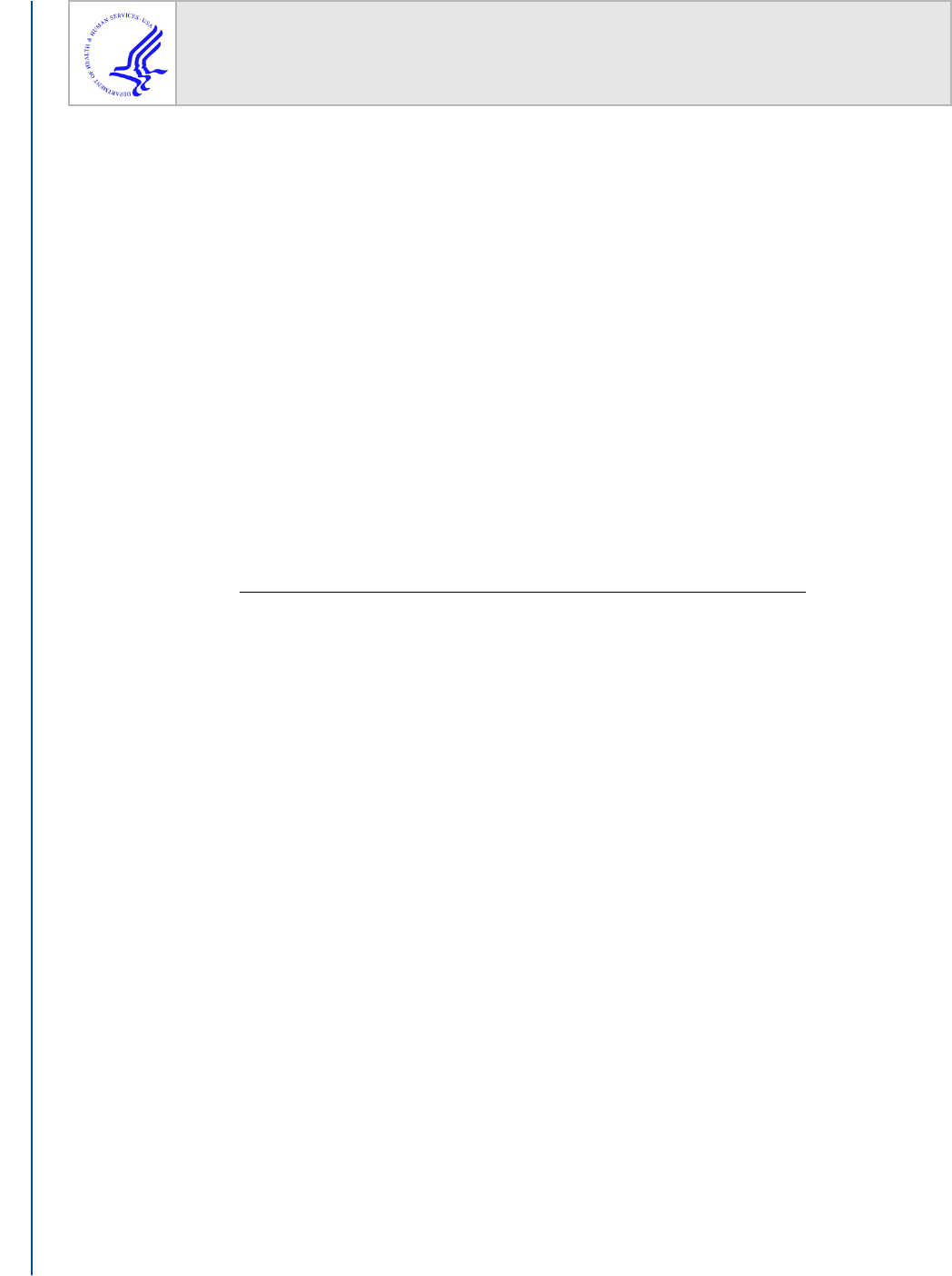
US Renal Data System 2015 Annual Data Report: Epidemiology
of Kidney Disease in the United States
Rajiv Saran, MD, Yi Li, PhD, Bruce Robinson, MD, Kevin C. Abbott, MD, Lawrence Y.C.
Agodoa, MD, John Ayanian, MD, Jennifer Bragg-Gresham, PhD, Rajesh Balkrishnan, PhD,
Joline L.T. Chen, MD, Elizabeth Cope, PhD, Paul W. Eggers, PhD, Daniel Gillen, PhD,
Debbie Gipson, MD, Susan M. Hailpern, MS, Yoshio N. Hall, MD, Kevin He, PhD, William
Herman, MD, Michael Heung, MD, Richard A. Hirth, PhD, David Hutton, PhD, Steven J.
Jacobsen, MD, PhD, Kamyar Kalantar-Zadeh, MD, PhD, Csaba P. Kovesdy, MD, Yee Lu, MD,
Miklos Z. Molnar, MD, PhD, Hal Morgenstern, PhD, Brahmajee Nallamothu, MD, Danh V.
Nguyen, PhD, Ann M. O’Hare, MD, Brett Plattner, MD, Ronald Pisoni, PhD, Friedrich K. Port,
MD, Panduranga Rao, MD, Connie M. Rhee, MD, Ankit Sakhuja, MD, Douglas E. Schaubel,
PhD, David T. Selewski, MD, Vahakn Shahinian, MD, John J. Sim, MD, Peter Song, PhD,
Elani Streja, MPH, PhD, Manjula Kurella Tamura, MD, Francesca Tentori, MD, Sarah White,
PhD, Kenneth Woodside, MD, Richard A. Hirth, PhD
The US Renal Data System (USRDS) is a comprehensive national data system that collects,
analyzes, and distributes a broad range of information about kidney disease in the United
States. The USRDS is supported by the Centers for Medicare & Medicaid Services and by
the National Institute of Diabetes and Digestive and Kidney Diseases (NIDDK) at the
National Institutes of Health. The USRDS Coordinating Center is operated by the University
of Michigan at the Kidney Epidemiology and Cost Center (KECC), in partnership with
Arbor Research Collaborative for Health, in Ann Arbor, Michigan. There are 2 USRDS
Special Studies funded independently by NIDDK: one at the University of California, Irvine,
in collaboration with the University of Tennessee Health Science Center and Kaiser
Permanente of Southern California; and the other at the University of Washington, in
collaboration with Stanford University.
In addition to being published as an annual, online
AJKD
supplement that is visible via
MEDLINE, the USRDS Annual Data Report is available at the USRDS website
(www.usrds.org), where the data are also disseminated. A summary of key findings is
provided in the introductions to volume 1 (CKD; page S1) and volume 2 (ESRD; page S119)
of the Annual Data Report. This year’s enhancements include a new chapter on vascular
access; expanded coverage of ESRD in the pediatric population, including a section on
young adults; reintroduction of a chapter on cardiovascular disease in ESRD patients; and
expanded chapters contributed by the 2 Special Study centers, the first focusing on transition
of care from earlier stages of CKD to ESRD among US veterans and the Kaiser Permanente
Health System of Southern California, and the second on palliative and end-of-life care
among ESRD patients.
The prevalence of CKD in the United States in 2012 (not including ESRD) was estimated at
13.6%, and has been relatively stable over the last decade, but awareness of and screening
HHS Public Access
Author manuscript
Am J Kidney Dis
. Author manuscript; available in PMC 2019 July 22.
Published in final edited form as:
Am J Kidney Dis
. 2016 March ; 67(3 Suppl 1): Svii–305. doi:10.1053/j.ajkd.2015.12.014.
Author Manuscript Author Manuscript Author Manuscript Author Manuscript

for the condition remains low in the general population. Claims data for patients with
diabetes in the Medicare population indicate that testing for urine albumin was performed in
fewer than half of such patients. Among all patients with diabetes, the rate of urine albumin
testing in 2008 was only 32%, and had increased to 40% in 2013.
There were 117,162 new cases of ESRD reported in 2013. However, the adjusted incidence
rate of ESRD, which includes both dialysis and transplant patients, remained unchanged
from 2012 to 2013, at 352 per million per year. A total of 671,851 individuals were treated
for ESRD as of the first quarter of 2014, a number that continues to rise due to falling
mortality rates among those with ESRD. Large net reductions in mortality among patients
with CKD and ESRD continue to be observed, as before.
Medicare health expenditures for the CKD population remain high. Medicare spending for
patients with CKD aged 65 and older exceeded $50 billion in 2013, representing 20% of all
Medicare spending in this age group. In 2013, Medicare spending for ESRD patients
increased to $31 billion, accounting for over 7% of the overall Medicare-paid claims costs in
the fee-for-service system.
The number of people on the kidney transplant waiting list was about 5 times greater than
the number who received a transplant in 2013. Although 17,600 kidney transplantations
were performed in 2013, the kidney transplant waiting list grew by 3% compared to 2012,
rising to 86,965 candidates.
ACKNOWLEDGEMENTS
Support:
Funding for the USRDS Coordinating Center is provided under contract to University of Michigan Kidney
Epidemiology and Cost Center (HHSN 27620140001C).
Financial Disclosure:
Dr Bragg-Gresham is a consultant for IMPAQ International. Dr Kalantar-Zadeh has financial
interests with the following entities: Abbott, Abbvie, Alexion, Amgen, Aveo, Astra Zeneca, Fresenius, Haymarket
Media Publisher, Hospira, Keryx, Otsuka, Relypsa, Shire, and Vifor. Dr Kovesdy is a consultant for Abbott
Nutrition, Relypsa, Sanofi-Aventis, ZS Pharma, and Nephrogenex. Dr Morgenstern is a consultant at Arbor
Research Collaborative for Health. Dr O’Hare received speaker fees from Henry Ford Hospital System
(Greenfield), the Japanese Society of Dialysis and Transplantation, and the University of Alabama in 2015; she also
receives honoraria from UpToDate and from
CJASN
for her work as an Associate Editor. Dr Saran received an
honorarium from Amgen for participating in their Third Annual Health Policy Summit in 2015. Dr Sim has
investigator-initiated research grants from Keryx Pharmaceuticals, Mallinckrodt Pharmaceuticals, Sanofi Aventis
Pharmaceuticals, and Ostuka Pharmaceuticals. The remaining authors declare that they have no relevant financial
interests.
Saran et al. Page 2
Am J Kidney Dis
. Author manuscript; available in PMC 2019 July 22.
Author Manuscript Author Manuscript Author Manuscript Author Manuscript
